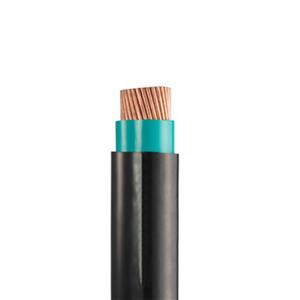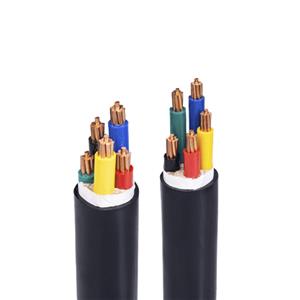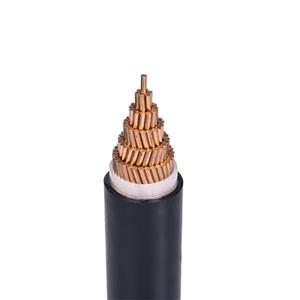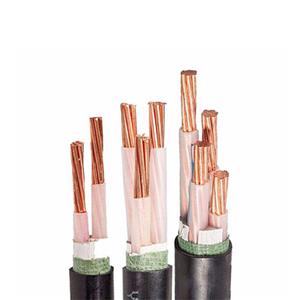What is the difference between flame retardant cables and fire resistant cables?
Fireproof wires and cables are the general term for wires and cables with fireproof properties, which are usually divided into two categories: flame-retardant wires and cables and fire-resistant wires and cables. In daily life, many people cannot clearly distinguish the definitions of the two. Let's learn about the difference between the two together!
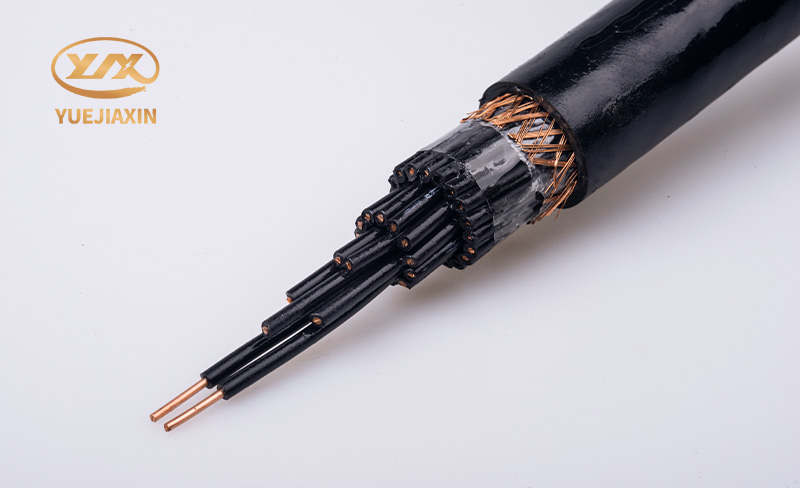
1. Their definitions are respectively, flame-retardant cable means that the cable material itself is not easy to burn, the flame is difficult to spread along the cable direction, and the flame on the cable will extinguish itself after a certain period of time after the flame is removed. The function of flame-retardant cable is to conduction blockage and slow down the spread of flames along the cable line, so that the fire accident will not expand. And fire-resistant wire means that when the flame is ignited, it will maintain the normal operation of the line for a certain period of time. This type of cable has the power supply system working ability for a certain period of time in the flame.
2. Their working principles are different. Flame-retardant cables are generally divided into halogen-containing flame-retardant cables and halogen-free flame-retardant cables. The flame-retardant principle of halogen-containing cables relies on the flame-retardant effect of halogens, and the flame-retardant principle of halogen-free cables relies on the precipitation of water to lower the temperature to extinguish the fire. Fire-resistant cables rely on the fire-resistant and heat-resistant properties of mica materials in the fire-resistant layer to ensure that the cable can work normally even in a fire.
3. There are also differences in structure and materials. The structure of flame-retardant cable is that the insulation layer uses flame-retardant materials, the sheath and outer sheath use flame-retardant materials, and the wrapping tape and filling use flame-retardant materials. The fire-resistant cable has a fire-resistant layer between the conductor and the insulation layer.
4. The combustion characteristic codes are different. The flame retardant level of flame-retardant cables is divided into four levels, namely ZA, ZB, ZC and ZD. The code used to indicate the combustion characteristic of fire-resistant cables is N. N indicates fire resistance for simple fire supply, NJ indicates fire resistance for fire supply plus mechanical impact, and NS indicates fire resistance for fire supply plus mechanical impact and water spray.

Flame-retardant cables and fire-resistant cables each have their own characteristics, and their uses or application scenarios are also different, so when we purchase cables, we must choose appropriate cables according to actual needs.
- PVC-Insulated Cable
- 450/750V BV Single- Core Cu/PVC Cable
- 450/750V BVR Single- Core Cu/PVC Cable
- 300/500V Or 450/750V RV Single-Core Cu/PVC Flexible Cable
- 300/500V Or 450/750V RVV Multi-Core Cu/PVC/PVC Flexible Black Cable
- 300/500V Or 450/750V RVV Multi-Core Cu/PVC/PVC Flexible White Cable
- 300/500V Or 450/750V RVVP Multi-Core Cu/PVC/CWS/PVC Screened Flexible Cable
- 450/750V KVV Multi-Core Cu/PVC/PVC Control Cable
- 450/750V KVV22 Multi-Core Cu/PVC/STA/PVC Armoured Control Cable
- 450/750V KVVP Multi-Core Cu/PVC/CWS/PVC Screened Control Cable
- 450/750V KVVP2-22 Multi-Core Cu/PVC/CTS/STA/PVC Screened Armoured Control Cable
- 0.6/1KV PVC-Insulated PVC-sheathed Single-Core Power Cable
- 0.6/1KV PVC-Insulated PVC-sheathed Multi-Core Power Cable

